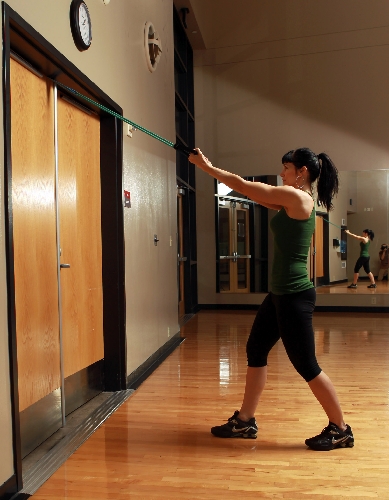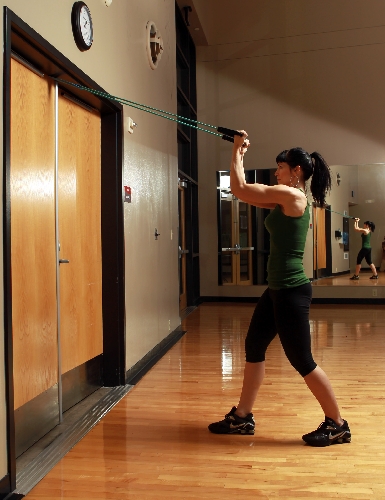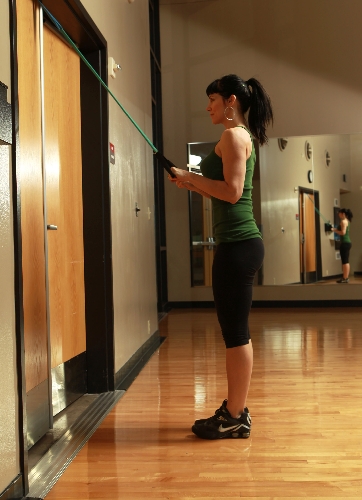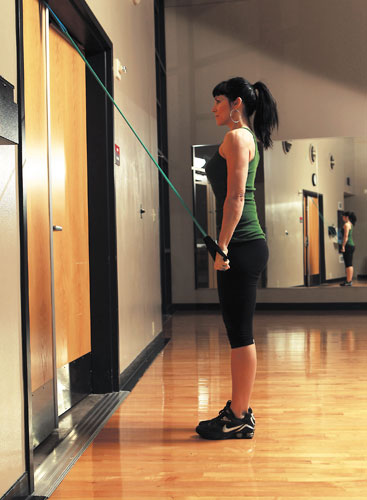Engaging the core: Where few bodies have gone before




In all of my columns, I emphasize the requirement to keep the core tight. Sometimes I rephrase it by saying, "activate the core" or "contract the core."
The photo and video guys in the Review-Journal newsroom like the wording "engage the core" the best. It sounds like something a captain on "Star Trek" would say.
The core words aren’t just a phrase trainers throw in when describing an exercise. It’s necessary because the core braces the spine for movement. You want the spine braced by a solid core for even the simplest of movements to ensure its safety.
In the same way the core protects the lower spine, the upper back muscles care for the upper spine. Hunching over a computer, sitting at a desk, driving and lounging around the house can all lead to a weak upper back. During these sedentary activities, slouching is all too common. It doesn’t require as much energy to maintain good posture. With time, slouching can cause good posture to deteriorate. It can even lead to pain in the neck and shoulders.
Correcting bad posture is much harder than preventing it. If you want to work on a straight spine, all you have to do is stick your chest out, draw the shoulders back and walk proud. No weights needed. Try it for a day and you’ll be sure to have some sore upper back muscles from contracting them all day, but you’re preventing future problems.
I tell my clients to squeeze their shoulder blades together during exercises. This is the same movement you should be doing throughout the day. It locks the spine in a good position to perform activities. You can easily feel the difference between repetitions with good form and posture versus reps done with a floppy spine.
Today’s exercises are some basics that condition the body to keep a straight spine using the core and the upper back. You’ll be using resistance bands. Stretchy bands are great for training. Especially if you prefer to work out at home or travel frequently.
Band basics are simple. Bands can be purchased almost anywhere and frequently come with an anchoring device for doors. You just close the door on the strap and the fat end keeps it from pulling through as you work out. I like to place mine by the hinges. Door hinges are placed at low, medium and high points on the door and keep the band from sliding up or down the door frame. For both of today’s exercises, I recommend anchoring the bands at the top of the door.
When performing these exercises, focus on keeping a super tight core and upper back. Squeeze your shoulder blades together and stand tall. Bands can make this difficult, especially toward the end of your sets, but that’s how you progress. These exercises also work well when added to circuits.
There is little set up, and bands allow for easy transitions between other exercises.
Chris Huth is a Las Vegas trainer. He can be reached at 702trainer@gmail.com. Consult your physician before beginning any exercise program.












